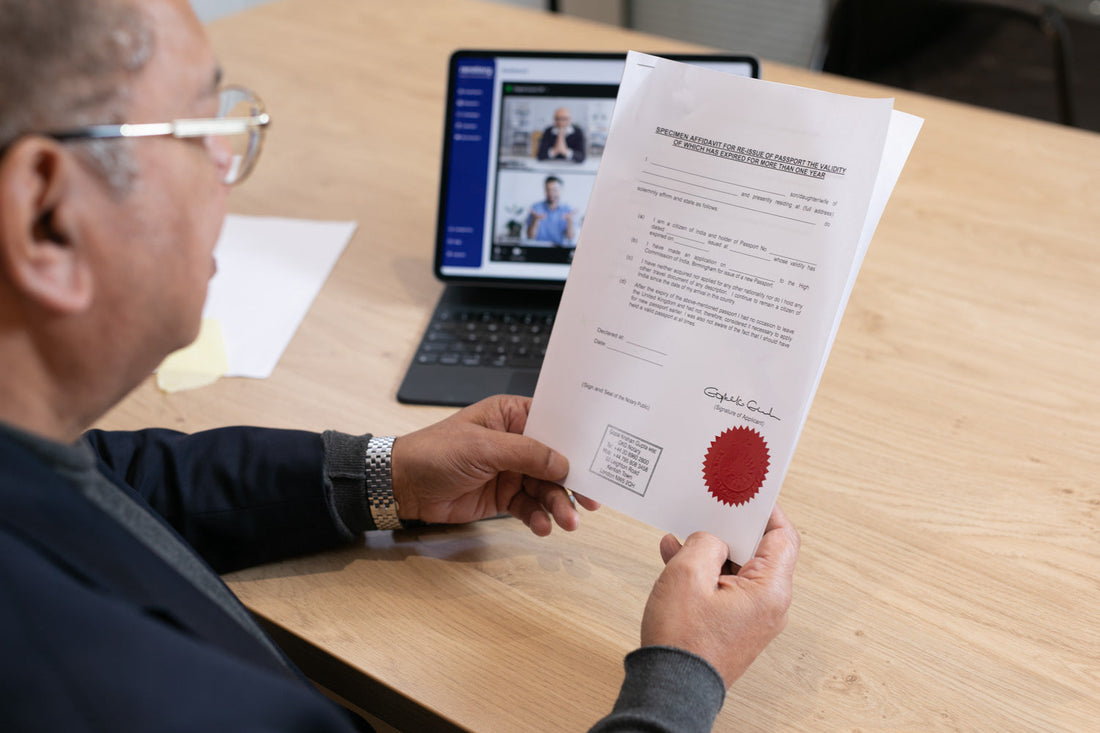Document Certification Checklist for UK Solicitor or Notary Public
Ensure your documents are correctly certified for international use with our UK Solicitor and Notary Public checklist. Verify key requirements, such as a valid UK practising certificate, personal signature, and proper seals, to avoid delays or rejections. Follow our guidelines to streamline your submission process. Learn more about legalisation and prepare with confidence.

To ensure your certified documents are accepted without delays or rejections, verify that the Solicitor or Notary Public has met the following requirements:
-
Valid UK Practising Certificate: The certifier must hold a current UK practising certificate.
-
Signed in the UK: The document must be signed within the UK. Note: Documents signed in Embassies located in the UK are considered signed in a foreign jurisdiction and may be rejected.
-
Personal Signature: The certifier must use their individual signature, not a company or firm signature.
-
Clear Identification: The certifier’s full name and complete company address must be clearly printed.
-
Seal Requirements: If a seal is used:
-
An embossed seal must penetrate the page, visible on both sides.
-
Ink or other seals must be legible.
-
-
Certification Date: The document must include the date of certification.
-
Action Statement: The certifier must specify the action taken, for example:
-
Certified as a true copy
-
Confirmed as an original document
-
Witnessed signature
-
Next Steps: Review our document submission guidelines to prepare your documents correctly and avoid rejections. Contact us for assistance with legalisation services.